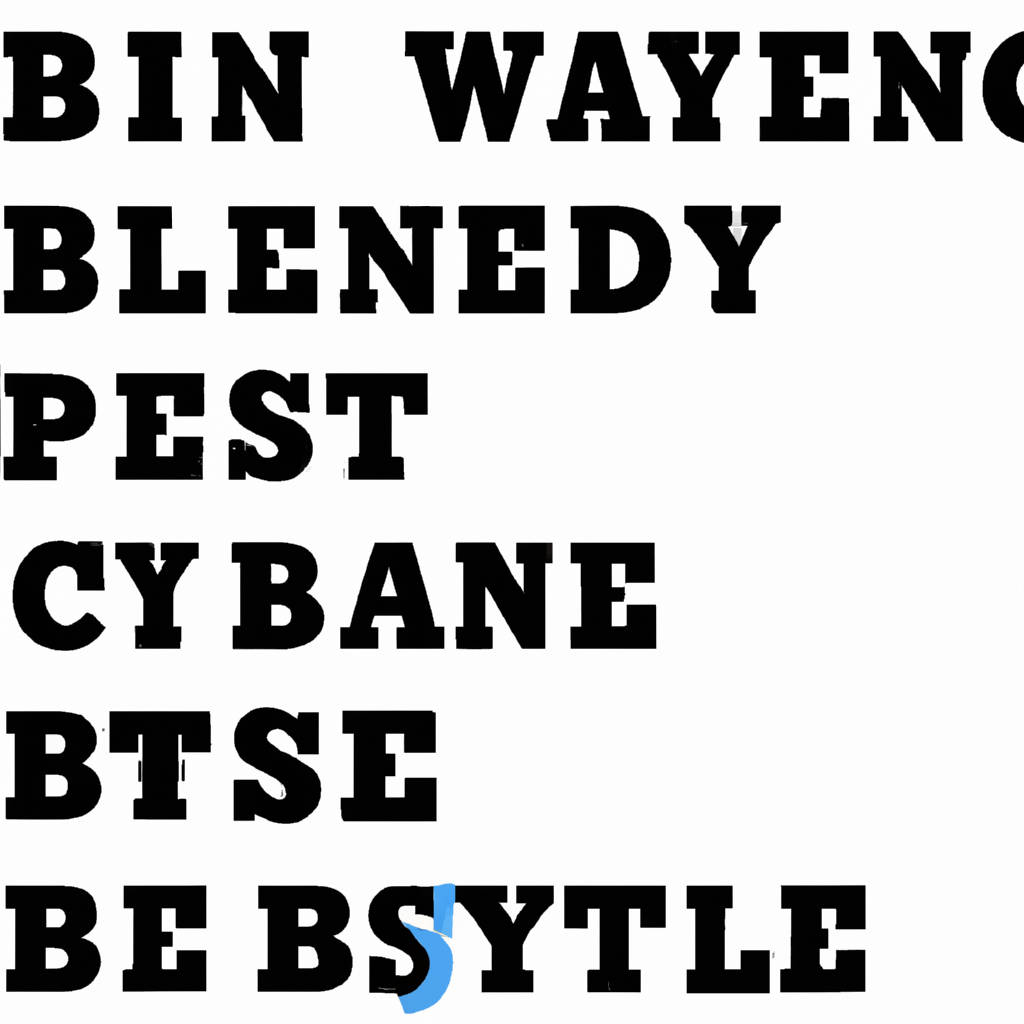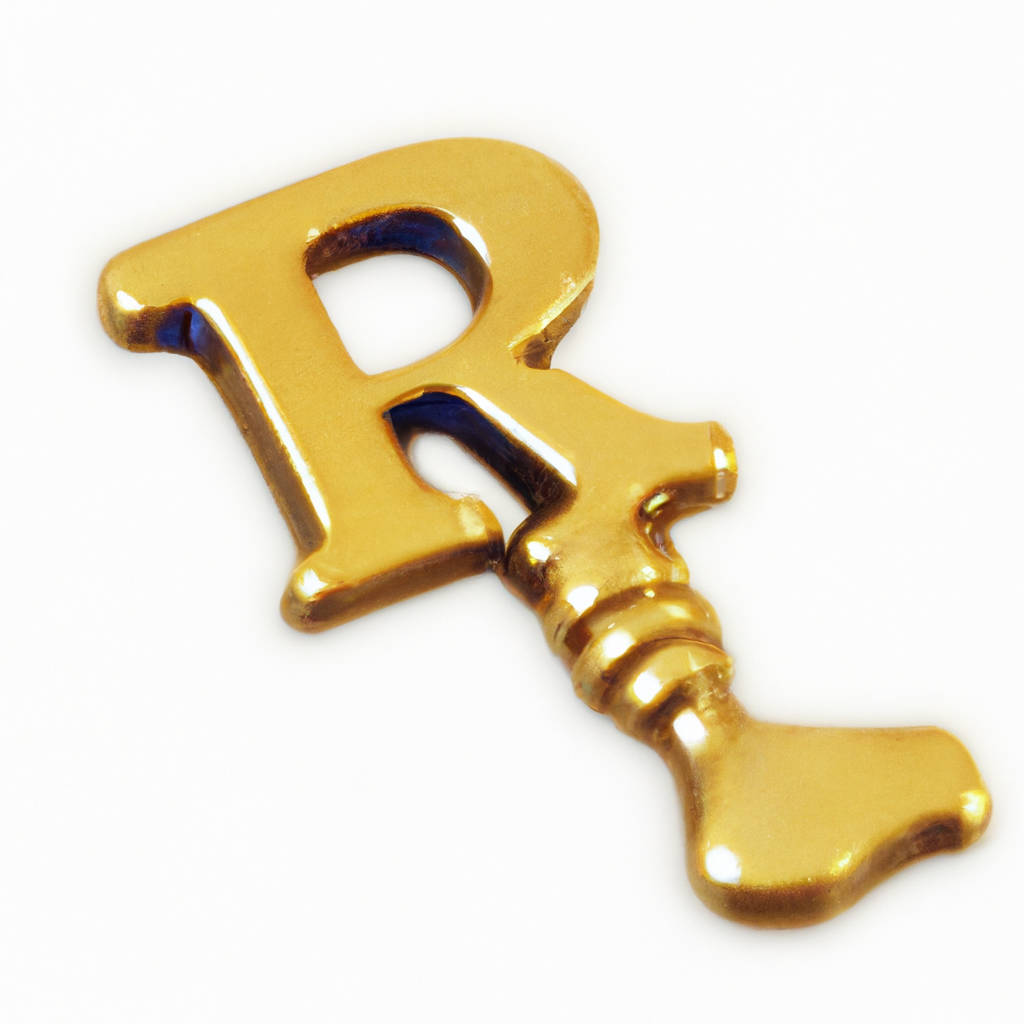The New York Times’ popular word puzzle game, Spelling Bee, has gained a loyal following thanks to its challenging and engaging nature. Players must use a set of letters to create as many words as possible, with the goal of reaching a certain point threshold to advance to the next level. To help players along the way, hints and clues are often provided to guide them in the right direction. One key strategy in Spelling Bee is to try and form a pangram, which is a word that uses all of the given letters at least once.
This can be a tricky feat to accomplish, but achieving a pangram can greatly boost a player’s score and help them progress through the game. For those who may be struggling to come up with words, there are resources available online that provide answers and solutions to the daily puzzles. While some may argue that using these hints takes away from the challenge of the game, others see it as a helpful tool to improve their skills and enjoyment of the game. Ultimately, the decision to utilize hints and answers in Spelling Bee is up to the individual player and how they choose to approach the game.

Starter Word Suggestions
When it comes to choosing the right words to start a sentence or paragraph, having a variety of starter word suggestions can be incredibly helpful. These suggestions can provide a range of options to begin a thought or idea, allowing for more creativity and flexibility in writing. By utilizing different starter words, writers can enhance the flow and coherence of their writing, making it more engaging and dynamic for readers. Some common starter words include “however,” “meanwhile,” “furthermore,” and “therefore.”
These words can help transition between ideas, provide contrast or elaboration, and strengthen the overall structure of a piece of writing. In addition to these familiar starter words, exploring new and unique options can also add depth and complexity to writing. By expanding one’s vocabulary and experimenting with different starter words, writers can elevate their work and captivate their audience. Ultimately, having a diverse selection of starter word suggestions at one’s disposal can enhance the quality and impact of writing, making it more compelling and effective in communicating ideas and information.
Key Letter Highlights
Key letter highlights are essential components of any written communication that serve to draw attention to important information, emphasize key points, or provide a summary of the main message. These highlights can take the form of bolded text, underlined phrases, or bullet points to make the information stand out and be easily accessible to the reader.
By using key letter highlights, writers can effectively communicate their message and ensure that the reader understands the most critical information at a glance. These highlights can also help to structure the content and break up long blocks of text, making the document more visually appealing and engaging for the reader. Overall, key letter highlights are a useful tool for enhancing the clarity and impact of written communication.

Common Prefixes and Suffixes
Common prefixes and suffixes are essential elements in understanding and decoding words in the English language. Prefixes are added to the beginning of a word to change its meaning, while suffixes are added to the end. For example, the prefix “un-” can be added to the word “happy” to create “unhappy,” which means not happy. Similarly, the suffix “-less” can be added to the word “help” to create “helpless,” which means without help. By understanding common prefixes and suffixes, one can easily decipher the meanings of unfamiliar words and expand their vocabulary.
Some common prefixes include “re-” meaning again, “dis-” meaning not, and “pre-” meaning before. Some common suffixes include “-ing” meaning the act of, “-ful” meaning full of, and “-ly” meaning in a certain way. By recognizing these common prefixes and suffixes, individuals can break down complex words into their basic components and better understand their meanings. This knowledge is especially helpful in academic settings, where students are often required to analyze and comprehend challenging texts. Overall, understanding common prefixes and suffixes is a valuable skill that can enhance one’s language proficiency and communication abilities.
Maximizing Your Score
When it comes to maximizing your score, it’s essential to understand the rules of the game and find ways to strategically navigate through them. This often involves studying the patterns and tendencies of the game or test you’re taking, as well as identifying your own strengths and weaknesses. By focusing on areas where you excel and finding ways to improve in areas where you may struggle, you can increase your chances of achieving a higher score. It’s also important to stay focused and avoid distractions that may hinder your performance.
Setting goals and creating a plan to achieve them can help keep you on track and motivated. Additionally, seeking feedback from others who have experience in the same field can provide valuable insights and help you identify areas for improvement. Remember, maximizing your score is not about cutting corners or taking shortcuts; it’s about putting in the effort and dedication needed to reach your full potential. By approaching the task with a positive attitude and a willingness to learn and grow, you can increase your chances of success and achieve the results you desire. Ultimately, maximizing your score is about pushing yourself to be the best version of yourself and striving for excellence in everything you do.
Today’s Pangram Revealed
Today, a new pangram has been revealed to the world, showcasing the beauty and complexity of the English language. Pangrams are sentences that contain every letter of the alphabet at least once, making them a fun challenge for linguists and word enthusiasts alike. This latest pangram is a masterpiece of creativity and linguistic skill, demonstrating the versatility of the alphabet and the ingenuity of those who craft such sentences. As each letter is carefully placed within the sentence, it becomes a puzzle to unravel, a code to crack.
The pangram serves as a reminder of the limitless possibilities of language and the endless ways in which we can manipulate it to convey meaning and express ourselves. It is a testament to the power of words to captivate and inspire, to challenge and delight. In a world where communication is key, pangrams remind us of the importance of language and the artistry that can be found within its confines. So as we marvel at today’s revealed pangram, let us celebrate the richness and diversity of the English language, and the endless opportunities it provides for creativity and expression.